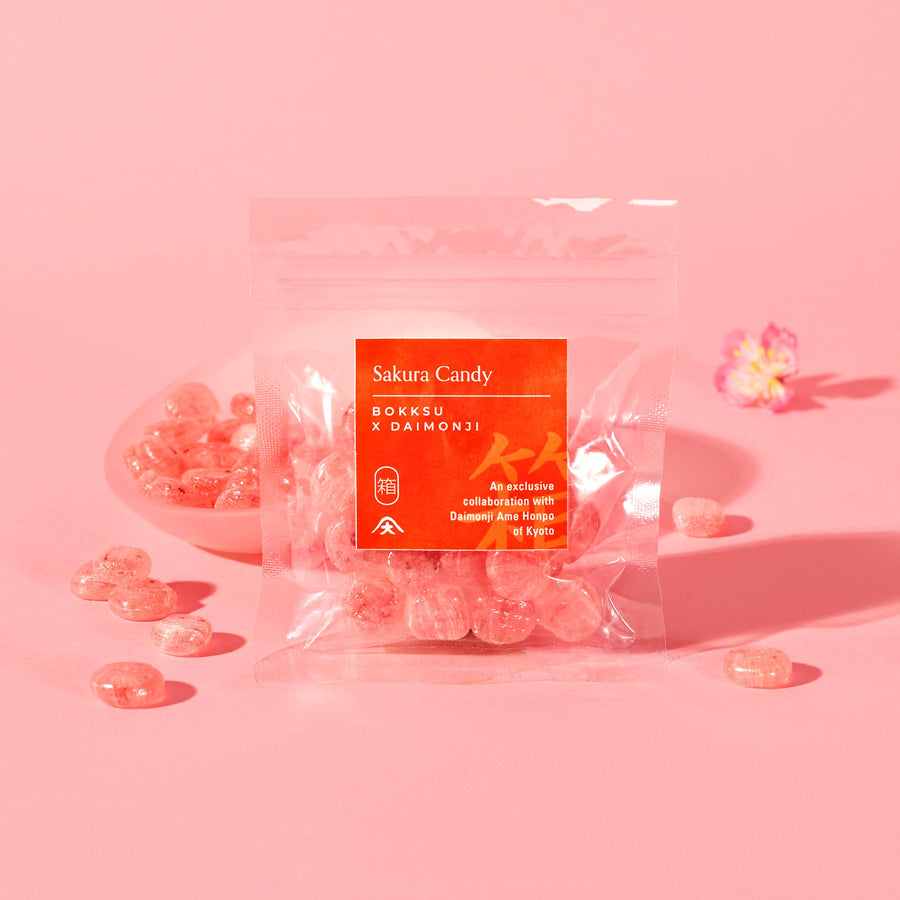Griddle Masterpieces: The Fine Art of Teppanyaki in Japan
Introduction to Teppanyaki

Teppanyaki is an interactive style of Japanese cuisine that combines the artistry of cooking with live entertainment, offering a truly memorable dining experience. The name "teppanyaki" comes from "teppan," meaning "iron plate", and "yaki," meaning "grilled or pan-fried", highlighting its unique cooking method. Popular in Japanese restaurants worldwide, teppanyaki captivates diners with expertly prepared dishes cooked with precision and flair on a large, flat iron griddle right before their eyes. Join us as we delve into the entertaining wonder of teppanyaki, where food, flavor, and fun come together in perfect harmony.
Origins of Teppanyaki

Teppanyaki's origins date back to post-World War II Japan, a period of economic and social reconstruction. While the practice of cooking on an iron griddle had been around for centuries, it wasn't until the mid-20th century that it evolved into the distinct dining style we recognize today. Teppanyaki gained widespread popularity in 1945, thanks to Shigeji Fujioka, a chef at Misono in Kobe, Japan, which became the first restaurant to introduce this interactive cooking method to the world.
At first, teppanyaki didn't quite resonate with Japanese locals. However, for Western guests, watching their food being cooked right in front of them on teppanyaki grills was a refreshing novelty that felt both exciting and familiar compared to traditional Japanese dishes. Although it had a slow start, teppanyaki began to gain popularity in Japan as it transformed into an entertainment-driven dining experience. Skilled chefs not only prepared delicious meals but also showcased impressive tricks with their utensils and ingredients, redefining the overall dining concept. Over time, teppanyaki restaurants evolved into popular destinations, celebrated not just for the food but also for the captivating performances that accompanied each meal.
The appeal of teppanyaki continued to rise, paving the way for its international expansion. In 1964, the Japanese-American Benihana restaurant chain introduced the first teppanyaki restaurant in New York City, bringing this unique dining concept to an international audience. The fusion of Eastern and Western teppanyaki styles became an instant hit, and it wasn't long before teppanyaki restaurants began popping up in major cities around the world, cementing its place as a popular culinary experience worldwide.
The Teppanyaki Experience

At a teppanyaki restaurant, diners are treated to more than just a meal; it's an immersive dining experience where culinary skill meets entertainment. At the core of this spectacle is the teppanyaki chef, taking center stage as guests gather around the sizzling teppanyaki grill. Unlike hibachi cooking, which uses an open flame, teppanyaki relies on a large, flat iron griddle where chefs wow the crowd with impressive tricks, from flipping spatulas to tossing eggs, transforming a simple meal into a fascinating performance.
The excitement goes beyond the theatrics. Teppanyaki restaurants are renowned for their use of the freshest, top-quality ingredients. From tender cuts of steak and chicken to seafood like shrimp and lobster, along with crisp, fresh vegetables, everything is expertly grilled to perfection. Alongside these main dishes, teppanyaki meals often include traditional Japanese sides such as miso soup, steamed rice, and dipping sauces, which elevate the taste of the grilled food.
Key Ingredients in Teppanyaki Cooking

In teppanyaki, meats are often the star of the show, with Kobe beef being one of the most coveted choices. This world-famous variety of wagyu is prized for its rich marbling and deep, savory flavor. For those seeking other options, teppanyaki also offers a diverse selection of meats such as chicken, pork, and even lamb. Each cut is skillfully seasoned and cooked using vegetable oil, animal fat, or a blend of both, enhancing the meat's natural flavors and achieving a perfectly golden, crispy finish.
Teppanyaki also features an enticing selection of seafood, including shrimp, lobster, scallops, and squid. Lightly seasoned with hints of garlic, soy sauce, or citrus, these seafood dishes highlight the ocean's natural freshness, allowing its flavors to shine without overwhelming the palate.
Additionally, a medley of vegetables is pan-fried alongside the main proteins, adding vibrant color and balance to the meal while providing a variety of textures. To round out the dining experience, a side of rice is served. Chefs often prepare fried rice right on the teppanyaki grill, sometimes incorporating a bit of theatrical flair as they shape it into creative designs during the cooking process.
Famous Teppanyaki Restaurants in Japan

Japan boasts a myriad of teppanyaki restaurants that cater to diverse tastes and budgets. When it comes to high-end teppanyaki dining, Misono is a name that shines, particularly as the first teppanyaki restaurant in the world. With three locations in Japan—Tokyo, Osaka, and Kobe—Misono has been delighting patrons with top-quality Kobe beef for over 70 years.
Another upscale teppanyaki restaurant is Honten Yamashina, renowned for its premium Omi beef, one of Japan's most esteemed and sought-after meats. Situated in the heart of Tokyo's Ginza district, this elegant establishment provides an intimate dining experience where talented chefs grill fully matured Omi beef sourced from Okazaki Farm in Shiga Prefecture right before the eyes of the guests. For those looking to save, diners can take advantage of the lunch menus at these restaurants, which often feature the same expertly grilled dishes as dinner but at a fraction of the cost.
On the other end of the spectrum, Japan also offers more accessible teppanyaki dining experiences in bustling food districts like Shinjuku in Tokyo and Dotonbori in Osaka. Many teppanyaki restaurants in these areas, like Oh! My Steak and Namba Teppanyaki Sublime in Osaka, cater to a broader range of budgets while still delivering the same ambiance, theatrical cooking and high-quality food.
Seasonal Sensations: Teppanyaki Through the Seasons

Teppanyaki, much like other facets of Japanese cuisine, is profoundly shaped by the changing seasons. In Japan, the availability and quality of ingredients are closely tied to the time of year, with chefs placing great emphasis on using fresh, seasonal produce. This respect for seasonality is a fundamental aspect of Japanese culinary culture, and it shines through in teppanyaki dining.
As the seasons change, so too does the teppanyaki menu. In spring, chefs showcase vibrant greens such as asparagus and bamboo shoots, lightly grilled to perfection. As summer arrives, eggplant and sweet corn take the spotlight, providing a refreshing contrast to the hearty meats. In the cooler months of autumn and winter, the teppanyaki grill highlights heartier ingredients, featuring matsutake mushrooms and chestnuts in autumn, followed by Japanese radish and crab in winter. By prioritizing fresh, seasonal produce, teppanyaki style cooking allows guests to enjoy an ever-changing menu that celebrates the best of each season.
Cultural Significance of Teppanyaki

Teppanyaki reflects Japanese culture and culinary traditions through its emphasis on fresh ingredients and careful presentation. Central to this cooking style is a deep respect for the quality of ingredients, embodying the Japanese philosophy of "shun," which celebrates seasonal produce at its peak. Teppanyaki chefs handpick only the finest meats, seafood, and vegetables, ensuring that each dish is not just a meal but an expression of the land's bounty.
Beyond its focus on fresh ingredients, teppanyaki is characterized by its meticulous presentation, which reflects the Japanese appreciation for aesthetics. Each dish is thoughtfully crafted and plated, turning the cooking process into a captivating performance as chefs demonstrate their skills and techniques right in front of the diners.
Teppanyaki Beyond Japan

As teppanyaki gained popularity internationally, especially in the West, it transformed into what's now known as Western-style teppanyaki, catering to local tastes. While traditional Japanese teppanyaki focuses on premium ingredients, Western versions broaden the menu to include chicken, shrimp, and even vegetarian options, typically using soybean oil instead of vegetable oil or animal fat when cooking. The interactive cooking style remains, but it often incorporates more flamboyant techniques designed to entertain guests.
Despite these variations, the fundamental principles of teppanyaki remain unchanged—freshness and quality ingredients are still prioritized, even if the standards differ from those in Japan. Western-style teppanyaki often features a wider array of sauces and marinades, giving diners the opportunity to personalize their meals. This adaptation reflects a blend of Japanese culinary traditions with local culinary influences, creating a fusion that resonates with a broader audience.
Final Sizzle: Reflecting on the Teppanyaki Tradition

In a world where dining can sometimes feel a bit too ordinary, teppanyaki bursts onto the scene, providing the ultimate unforgettable dining experience. With its perfect blend of fine cuisine and theatrical flair, teppanyaki invites you to not just eat, but to celebrate food as an art form. Whether you’re aiming for an indulgent dinner or a casual meal with friends, grab your camera and immerse yourself in the exciting world of teppanyaki—where entertainment and great food go hand in hand!
Teppanyaki in Japan isn’t just a meal—it’s a celebration of flavor, craftsmanship, and culture. While you wait for your next culinary adventure, bring the essence of Japan to your doorstep with a Bokksu Snack Box subscription. Savor authentic flavors and explore Japan’s traditions, one bite at a time!

Author Bio







 Bokksu Snack Box
Bokksu Snack Box

























